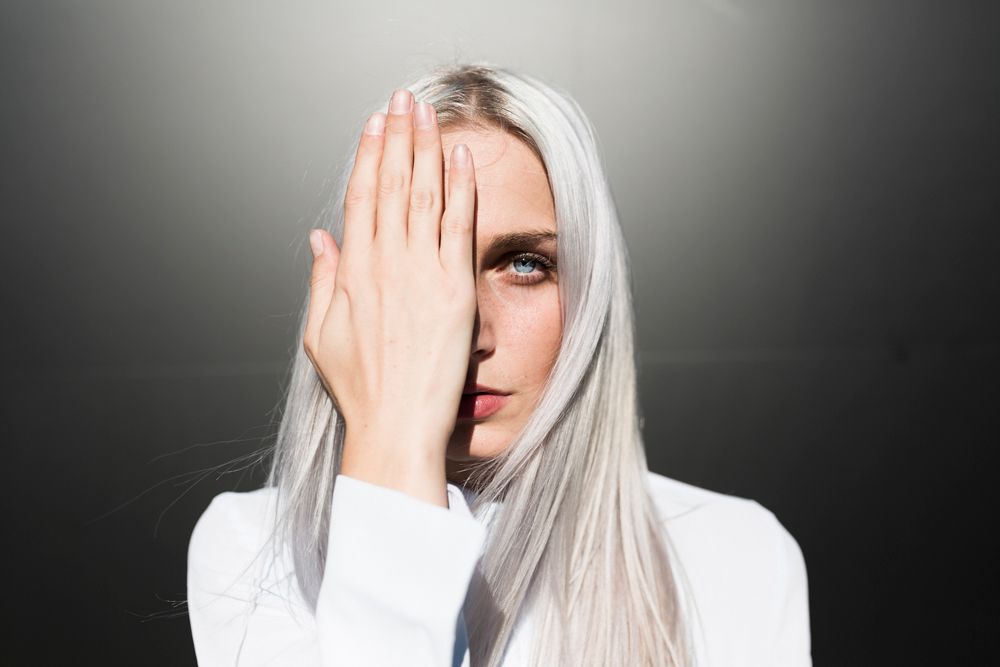

White hair, also known as graying hair or canities, is a natural part of the aging process. As we grow older, the pigment cells in our hair follicles gradually decrease, resulting in the loss of color and the appearance of white or gray strands. However, there are several factors that can contribute to premature graying or the early onset of white hair. Genetics plays a significant role in determining when and how quickly an individual’s hair will turn white. If your parents or close relatives experienced premature graying, there is a higher likelihood that you may also develop white hair at an earlier age.
Stress and emotional upheaval are often associated with premature graying. Prolonged periods of stress can disrupt the normal functioning of melanocytes, the cells responsible for producing hair color, leading to a loss of pigment and the appearance of white hair. Nutritional deficiencies can also contribute to premature graying. Inadequate intake of certain vitamins and minerals, such as vitamin B12, vitamin D, iron, and copper, can affect melanin production and accelerate the graying process.
Medical conditions like vitiligo and thyroid disorders have been linked to premature graying. Vitiligo, an autoimmune disease that causes the shedding of the skin, can also affect the hair. Similarly, thyroid imbalances can disrupt melanin production, leading to white hair. Other factors that may contribute to white hair include smoking, exposure to environmental pollutants, certain medications, and chemical hair treatments. While white hair is often a natural and unavoidable part of aging, understanding the potential causes can help individuals make informed choices about their lifestyle and hair care routines.
The main cause of white hair is the natural aging process. As we grow older, the pigment-producing cells called melanocytes in our hair follicles gradually decrease in number and activity. This leads to a decrease in the production of melanin, the pigment responsible for hair color. As a result, the hair loses its color and appears white or gray.
However, there are other factors that can contribute to the premature graying or early onset of white hair:
While white hair is largely a natural and inevitable part of aging, understanding these contributing factors can help individuals make lifestyle choices and take care of their hair to delay or manage the graying process.
Here are some natural remedies that people often try:
According to wellhealthorganic.com/know-the-causes-of-white-hair-and-easy-ways-to-prevent-it-naturally Remember, these remedies are based on anecdotal evidence and traditional practices, and their effectiveness varies from person to person. Embracing one’s natural hair color and maintaining overall hair health through a balanced diet, regular hair care, and protecting hair from damage are essential steps in managing white hair.
The construction world is evolving by adopting the newest technology in the guise of Artificial…
Browsing an online shop only to halt instantly as a product animates on the screen.…
Assume this: you're standing in line at a café. The person ahead of you pulls…
Demands from work, family, and social commitments can feel never-ending, which means self-care is often…
Making your home more modern while achieving a refreshed look exists without the necessity of…
What Are The Most Effective SEO Strategies For Designers? The most effective SEO strategies that…